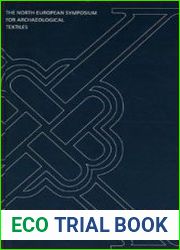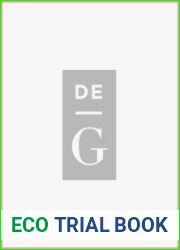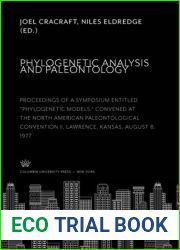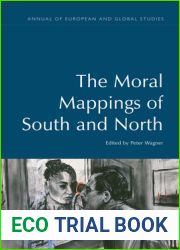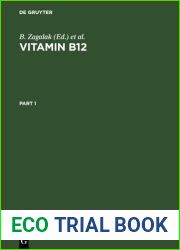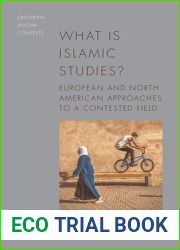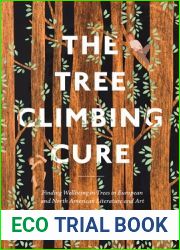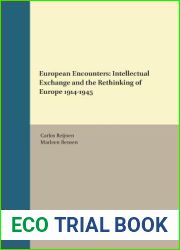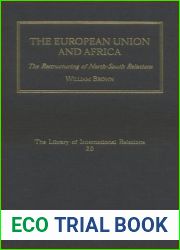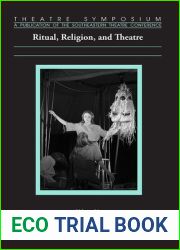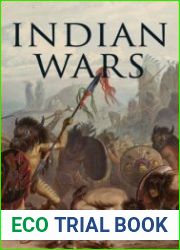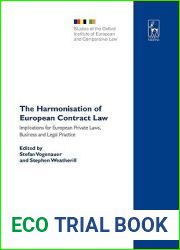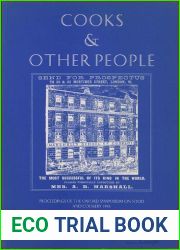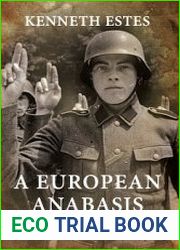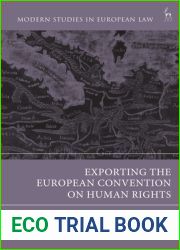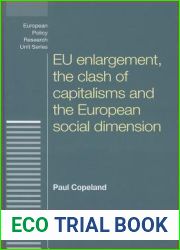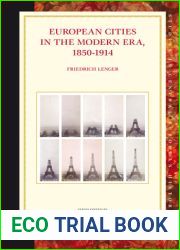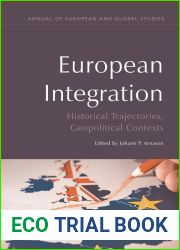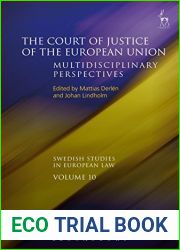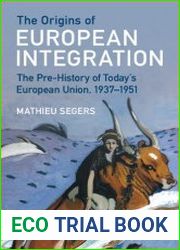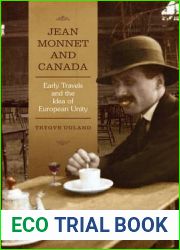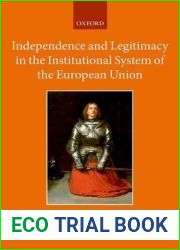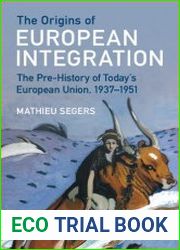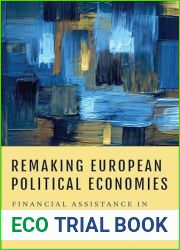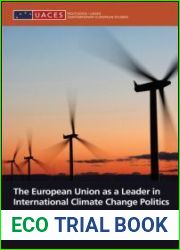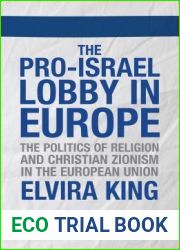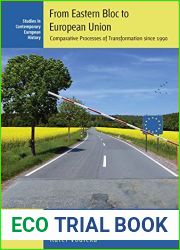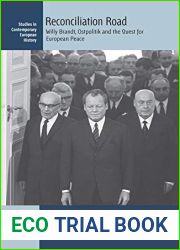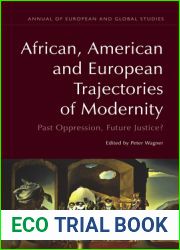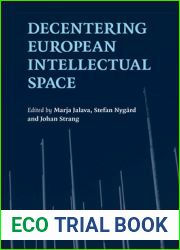
BOOKS - HUMANITIES - NESAT X. The North European Symposium for Archaeological Textile...

NESAT X. The North European Symposium for Archaeological Textiles
Author: Strand E.A.
Year: 2010
Pages: 325
Format: DJVU
File size: 17 MB
Language: ENG
Genre: археология

Year: 2010
Pages: 325
Format: DJVU
File size: 17 MB
Language: ENG
Genre: археология

The North European Symposium for Archaeological Textiles (NESAT) has been a leading forum for the study of archaeological textiles since its inception in 1981. The symposium has grown significantly over the years, with over 100 attendees at the tenth meeting held in Copenhagen in 2008, representing a diverse range of countries and time periods. The papers presented at the symposium demonstrate the dynamic nature of textile studies today, with examples from the Bronze Age, Neolithic, Iron Age, Roman, Viking, Middle Ages, and post-Middle Ages, as well as from various countries such as Norway, Czech Republic, Poland, Greece, Germany, Lithuania, and Estonia. One of the key focuses of NESAT is the development of current analysis methods, which include the use of X-ray fluorescence and Raman spectroscopy to examine the fibers and dyes used in the textiles.
Североевропейский симпозиум по археологическому текстилю (NESAT) является ведущим форумом для изучения археологического текстиля с момента его создания в 1981 году. Симпозиум значительно вырос за эти годы, и на десятом совещании, состоявшемся в Копенгагене в 2008 году, приняли участие более 100 человек, представляющих различные страны и периоды времени. Статьи, представленные на симпозиуме, демонстрируют динамичный характер исследований текстиля сегодня, с примерами из бронзового века, неолита, железного века, римского, викинга, средневековья и пост-средневековья, а также из различных стран, таких как Норвегия, Чехия, Польша, Греция, Германия, Литва и Эстония. Одним из ключевых направлений NESAT является разработка современных методов анализа, которые включают использование рентгеновской флуоресценции и рамановской спектроскопии для изучения волокон и красителей, используемых в текстиле.
Symposium Nord-Européen sur les Textiles Archéologiques (NESAT) est le principal forum d'étude des textiles archéologiques depuis sa création en 1981. symposium s'est considérablement développé au fil des ans et la dixième réunion, tenue à Copenhague en 2008, a réuni plus de 100 personnes représentant différents pays et périodes. s articles présentés lors du symposium montrent le caractère dynamique de la recherche textile d'aujourd'hui, avec des exemples de l'âge du bronze, du néolithique, de l'âge du fer, du roman, du viking, du Moyen Age et du post-Moyen Age, ainsi que de divers pays comme la Norvège, la République tchèque, la Pologne, la Grèce, l'Allemagne, la Lituanie et l'Estonie. L'un des domaines clés de NESAT est le développement de méthodes d'analyse modernes qui comprennent l'utilisation de la fluorescence des rayons X et de la spectroscopie Raman pour étudier les fibres et les colorants utilisés dans les textiles.
mposio del Norte de sobre Textiles Arqueológicos (NESAT) ha sido el foro líder para el estudio de los textiles arqueológicos desde su creación en 1981. simposio ha crecido considerablemente a lo largo de los y en la décima reunión, celebrada en Copenhague en 2008, participaron más de 100 personas en representación de diferentes países y períodos de tiempo. artículos presentados en el simposio demuestran el carácter dinámico de la investigación textil en la actualidad, con ejemplos de la Edad del Bronce, el Neolítico, la Edad del Hierro, el romano, el vikingo, la Edad Media y la post-Edad Media, así como de diversos países como Noruega, República Checa, Polonia, Grecia, Alemania, Lituania y Estonia. Una de las áreas clave de NESAT es el desarrollo de técnicas modernas de análisis que incluyen el uso de fluorescencia de rayos X y espectroscopia Raman para estudiar las fibras y colorantes utilizados en los textiles.
O mpósio de Têxtil Arqueológico da do Norte (NESAT, na sigla em inglês) tem sido o principal fórum para o estudo de têxteis arqueológicos desde sua criação em 1981. O simpósio cresceu significativamente ao longo dos anos, e mais de 100 pessoas participaram da décima reunião, realizada em Copenhaga em 2008, representando vários países e períodos de tempo. Os artigos apresentados no simpósio mostram a natureza dinâmica da pesquisa de têxteis hoje, com exemplos da Idade do Bronze, Neolítico, Idade do Ferro, Roma, Viking, Idade Média e pós-Idade Média, e de diversos países como Noruega, República Checa, Polônia, Grécia, Alemanha, Lituânia e Estônia. Uma das principais áreas da NESAT é o desenvolvimento de técnicas modernas de análise, que incluem o uso de fluorescência de raios X e espectroscopia de ramana para estudar fibras e corantes usados em têxteis.
Il mposio Nordeuropeo sul Tessile Archeologico (NESAT) è il forum principale per lo studio del tessile archeologico da quando è stato creato nel 1981. Il simposio è cresciuto notevolmente nel corso degli anni e alla decima riunione, tenutasi a Copenhagen nel 2008, hanno partecipato più di 100 persone rappresentative di diversi paesi e periodi di tempo. Gli articoli presentati al simposio mostrano la natura dinamica della ricerca sul tessile oggi, con esempi di età del bronzo, neolitico, dell'età del ferro, romano, vichingo, medioevo e post-medioevo, e da diversi paesi come Norvegia, Repubblica Ceca, Polonia, Grecia, Germania, Lituania ed Estonia. Uno dei punti chiave di NESAT è lo sviluppo di moderne tecniche di analisi che includono l'utilizzo di fluorescenza a raggi X e spectroscopia a ramano per studiare le fibre e i coloranti utilizzati nel tessile.
Das Nordeuropäische Symposium für archäologische Textilien (NESAT) ist seit seiner Gründung 1981 das führende Forum für die Erforschung archäologischer Textilien. Das Symposium ist im Laufe der Jahre erheblich gewachsen, und an der zehnten Tagung, die 2008 in Kopenhagen stattfand, nahmen mehr als 100 Personen teil, die verschiedene Länder und Zeiträume repräsentierten. Die auf dem Symposium vorgestellten Beiträge zeigen den dynamischen Charakter der Textilforschung heute mit Beispielen aus der Bronzezeit, Jungsteinzeit, Eisenzeit, Römerzeit, Wikingerzeit, Mittelalter und Postmittelalter sowie aus verschiedenen Ländern wie Norwegen, Tschechien, Polen, Griechenland, Deutschland, Litauen und Estland. Ein Schwerpunkt von NESAT ist die Entwicklung moderner Analysemethoden, die den Einsatz von Röntgenfluoreszenz und Raman-Spektroskopie zur Untersuchung der in Textilien verwendeten Fasern und Farbstoffe umfassen.
Nordyckie Sympozjum na temat tekstyliów archeologicznych (NESAT) jest wiodącym forum badań tkanin archeologicznych od początku jego istnienia w 1981 roku. Sympozjum znacznie wzrosło na przestrzeni lat, a dziesiąte spotkanie, które odbyło się w Kopenhadze w 2008 r., zgromadziło ponad 100 osób reprezentujących różne kraje i okresy. Prace prezentowane na sympozjum pokazują dynamiczny charakter dzisiejszych badań tekstylnych, z przykładami z epoki brązu, neolitu, epoki żelaza, rzymskiego, wikingów, średniowiecza i po średniowieczu, a także z różnych krajów, takich jak Norwegia, Czechy, Polska, Grecja, Niemcy, Litwa i Estonia. Jednym z kluczowych obszarów NESAT jest opracowanie nowoczesnych metod analizy, które obejmują wykorzystanie fluorescencji rentgenowskiej i spektroskopii Ramana do badania włókien i barwników stosowanych w tekstyliach.
הסימפוזיון הנורדי על טקסטיל ארכאולוגי (NESAT) היה הפורום המוביל לחקר הטקסטיל הארכיאולוגי מאז הקמתו בשנת 1981. הסימפוזיון גדל משמעותית במהלך השנים והפגישה העשירית, שנערכה בקופנהגן ב-2008, איחדה יותר מ-100 אנשים המייצגים מדינות שונות ותקופות זמן שונות. מאמרים שהוצגו בסימפוזיון מדגימים את האופי הדינמי של חקר הטקסטיל כיום, עם דוגמאות מתקופת הברונזה, נאוליטית, תקופת הברזל, רומית, ויקינגית, ימי הביניים וימי הביניים, וכן ממדינות שונות כגון נורבגיה, צ 'כיה, פולין, יוון, גרמניה, ליטא ואסטוניה. אחד מתחומי המפתח של NESAT הוא פיתוח שיטות אנליזה מודרניות, הכוללות שימוש בפלואור רנטגן וספקטרוסקופיית ראמן לחקר סיבים וצבעים המשמשים בטקסטיל.''
Nordic Arkeolojik Tekstiller Sempozyumu (NESAT), 1981 yılında kuruluşundan bu yana arkeolojik tekstillerin incelenmesi için önde gelen forum olmuştur. Sempozyum yıllar içinde önemli ölçüde büyüdü ve 2008 yılında Kopenhag'da düzenlenen onuncu toplantı, farklı ülkeleri ve zaman dilimlerini temsil eden 100'den fazla kişiyi bir araya getirdi. Sempozyumda sunulan bildiriler, günümüzde tekstil araştırmalarının dinamik doğasını, Tunç Çağı, Neolitik, Demir Çağı, Roma, Viking, Orta Çağ ve Orta Çağ sonrası dönemlerin yanı sıra Norveç, Çek Cumhuriyeti, Polonya, Yunanistan, Almanya, Litvanya ve Estonya gibi çeşitli ülkelerden örneklerle göstermektedir. NESAT'ın temel alanlarından biri, tekstilde kullanılan lifleri ve boyaları incelemek için X-ışını floresansı ve Raman spektroskopisi kullanımını içeren modern analiz yöntemlerinin geliştirilmesidir.
كانت ندوة بلدان الشمال الأوروبي بشأن المنسوجات الأثرية المنتدى الرائد لدراسة المنسوجات الأثرية منذ إنشائها في عام 1981. وقد نمت الندوة بشكل ملحوظ على مر السنين، وحضر الاجتماع العاشر، الذي عقد في كوبنهاغن في عام 2008، أكثر من 100 شخص يمثلون مختلف البلدان والفترات الزمنية. وتبين الورقات التي قدمت في الندوة الطبيعة الدينامية لأبحاث المنسوجات اليوم، مع أمثلة من العصر البرونزي والعصر الحجري الحديث والعصر الحديدي والروماني والفايكنغ والعصور الوسطى وما بعد العصور الوسطى، وكذلك من بلدان مختلفة مثل النرويج وجمهورية التشيك وبولندا واليونان وألمانيا وليتوانيا وإستونيا. أحد المجالات الرئيسية لـ NESAT هو تطوير طرق التحليل الحديثة، والتي تشمل استخدام فلورة الأشعة السينية والتحليل الطيفي لرامان لدراسة الألياف والأصباغ المستخدمة في المنسوجات.
고고학 섬유에 관한 북유럽 심포지엄 (NESAT) 은 1981 년 창립 이래 고고학 섬유 연구를위한 주요 포럼이었습니다. 심포지엄은 수년에 걸쳐 크게 성장했으며 2008 년 코펜하겐에서 열린 10 차 회의는 다른 국가와 기간을 대표하는 100 명 이상의 사람들을 모았습니다. 심포지엄에서 발표 된 논문은 오늘날 청동기 시대, 신석기 시대, 철기 시대, 로마, 바이킹, 중세 및 중세 이후의 예뿐만 아니라 노르웨이, 체코, 폴란드, 그리스, 독일, 리투아니아 및 에스토니아. NESAT의 주요 영역 중 하나는 섬유에 사용되는 섬유 및 염료를 연구하기 위해 X- 선 형광 및 라만 분광법을 사용하는 현대 분석 방법의 개발입니다.
考古学的織物に関する北欧シンポジウム(NESAT)は1981の設立以来、考古学的織物の研究のための主要なフォーラムです。このシンポジウムは、2008にコペンハーゲンで開催された第10回会合において、様々な国や期間を代表する100人以上の人々が集まりました。シンポジウムで発表された論文は、青銅器時代、新石器時代、鉄器時代、ローマ時代、バイキング、中世、ポスト中世、そしてノルウェー、チェコ共和国、ポーランド、ギリシャ、ドイツ、リトアニアなどの様々な国の例を用いて、今日の繊維研究のダイナミックな性質を示していますエストニアだ。NESATの重要な分野の1つは、テキスタイルで使用される繊維や染料を研究するためのX線蛍光やラマン分光法を含む現代的な分析方法の開発です。
北歐考古紡織品研討會(NESAT)自1981成立以來一直是研究考古紡織品的主要論壇。多來,專題討論會有了長足發展,2008在哥本哈根舉行的第十次會議吸引了來自不同國家和時期的100多名與會者。在研討會上發表的文章展示了當今紡織品研究的動態性質,例如青銅時代,新石器時代,鐵器時代,羅馬,維京人,中世紀和中世紀後以及挪威,捷克共和國,波蘭,希臘,德國,立陶宛和愛沙尼亞。NESAT的一個關鍵領域是開發現代分析技術,其中包括X射線熒光和拉曼光譜法來研究紡織品中使用的纖維和染料。







